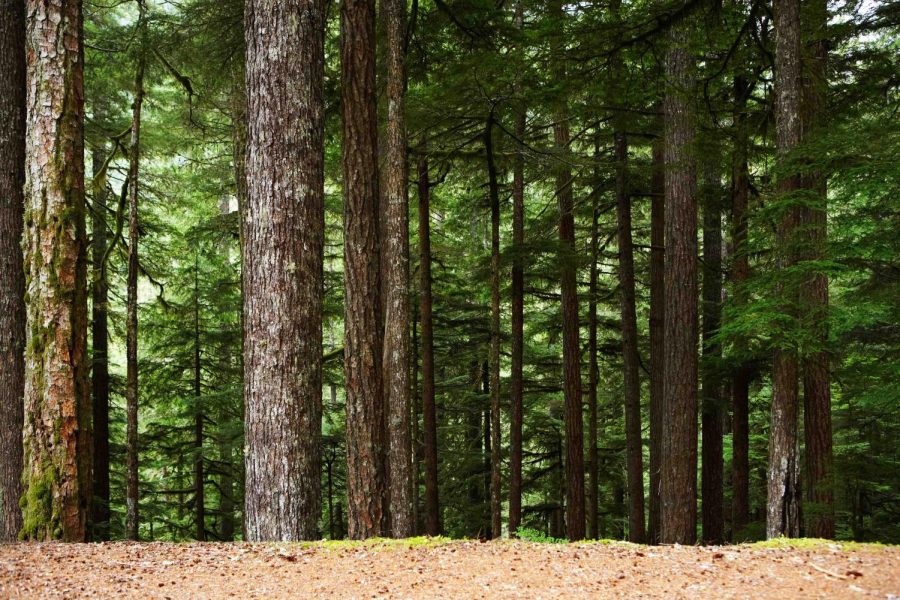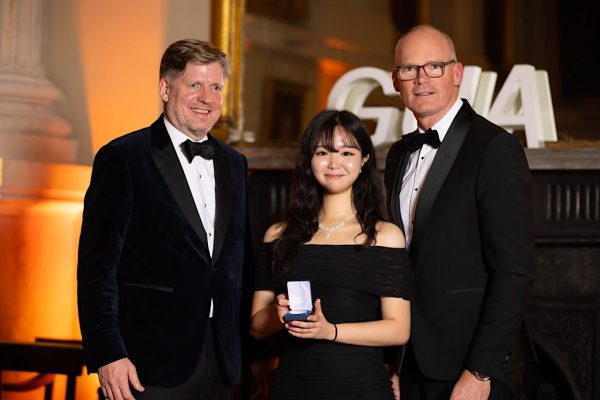Paper2Tree program allows University researchers to help our planet
Nov 28, 2017
Last updated on Nov. 30, 2017 at 07:37 a.m.
A new Illinois initiative will allow faculty members to watch their research grow.
Paper2Tree is an online program that connects trees in local park districts to papers written by anyone, as long as the writer is published.
Mattia Gazzola, assistant professor in Engineering, said in an email this program began because he looks at trees while walking to work in Urbana.
“One night, I was checking, I do not remember for what reason, either the Urbana or Champaign park district website and saw that they had a program to plant a tree for kids’ birthdays,” Gazzola said. “From there, I started thinking that I could do the same for research, and then the idea refined into Paper2Tree as a way to bring together the University efforts with the community that hosts the University.”
Get The Daily Illini in your inbox!
To get their own tree, published writers simply need to visit the website and input the details of their research paper. Trees are then planted in the spring and fall.
According to the Paper2Tree website, all the donated trees will be associated with an article, geolocalized, placed on a map and organized in “science groves” by species, scientific area, department and school. All the data will be made publicly available.
“The tree is obviously a symbol: after planting it, it takes a long time before it grows into a nice, big tree,” Gazzola said. “The same goes with research; the work that we do today may have an impact in many years from now, and education works the same way — young students study now to learn the foundations that will be useful to them as adults.”
Gazzola said that so far, feedback has been positive, and students enjoyed the kickoff events hosted at Douglass Park and King Park earlier this month. He hopes the program is successful and expands beyond the University.
“Paper2Tree leverages this symbolism to connect different aspects of the C-U community, the University, parks, cities, schools to spark interest in research and favor the interactions between young and older students and faculties,” Gazzola said.






